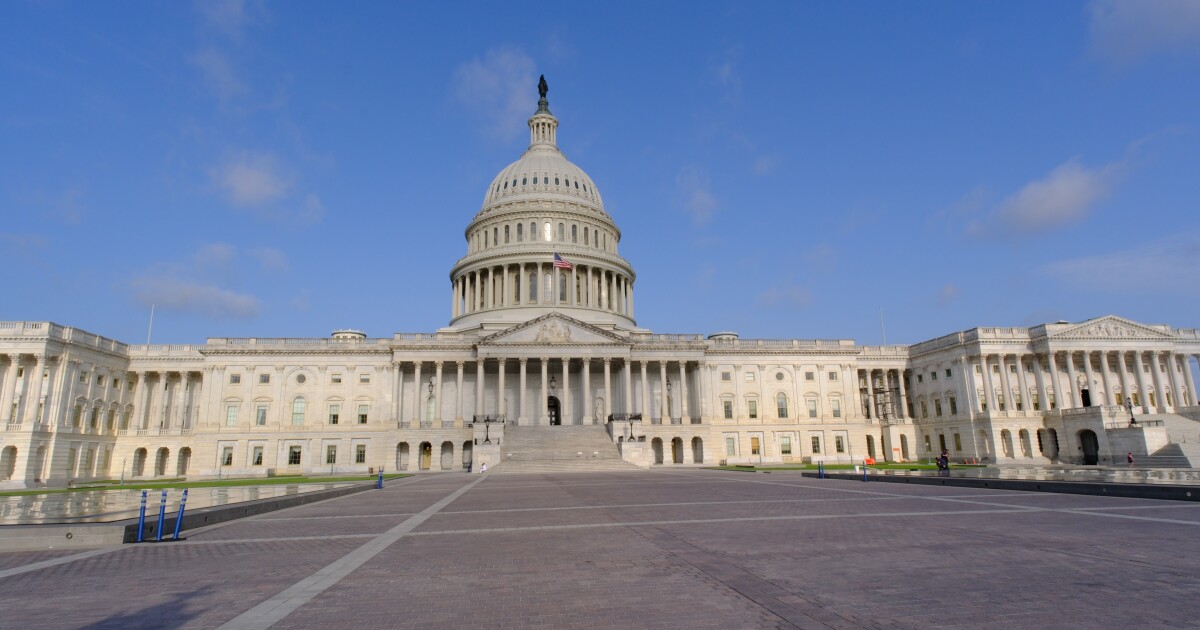
Mortgage rates
The 30-year fixed loan averaged 6.79% as of Thursday morning, down 8 basis points from the previous week's 6.87%, according to the Freddie Mac Primary Mortgage Market Survey. For
Meanwhile the 15-year FRM averaged 6.11%, down from last week when it averaged 6.21% and up from a year ago's average of 5.56%.At noon on Thursday, the 10-year yield was at 4.19%, down 8 basis points from its close seven days prior at 4.27%.
"Mortgage rates moved slightly lower this week, providing a bit more room in the budgets of some prospective homebuyers," said Sam Khater, Freddie Mac's chief economist, in a press release. "We also are seeing encouraging data on existing home sales, which reflects improving inventory."
Data released on Thursday by Redfin
However, that same data, along with February's Purchase Application Payment Index report from the Mortgage Bankers Association, which also came out on Thursday, found consumers needing to shell out more each month for a home they recently bought.
"Regardless, rates remain elevated near 7% as markets watch for signs of cooling inflation, hoping that rates will come down further," Khater said.
But it is not just the Federal Reserve's comments about its plans for short-term rates that is affecting the mortgage market. It is also the quantitative tightening program it initiated by letting
Rate increases and QT pursued different objectives for the Fed. "But they both affect the market, and they amplify one another and you can quantify the amplification to 1-to-1.5 percentage points [for] the 30 year above what it traditionally would have been relative to the Treasury rates and market," Calhoun said in an interview.
Calhoun holds the effects of QT primarily responsible for the abnormally wide spreads.
"If my theory is correct, they won't narrow anytime soon," Calhoun continued. "I know I'm not sure what the triggering effect for them to be narrowing would be," especially because the Fed still has about $2.4 trillion of MBS on its balance sheet, according to data from the Federal Reserve Bank of St. Louis.
Zillow's rate tracker was 6.41% as of noon Thursday, down 14 basis points from the prior week's average.
The drop in rates was a result of the absence of new economic data and mixed messages from Federal Reserve officials, said Orphe Divounguy, senior macroeconomist at Zillow Home Loans, in a statement issued Wednesday night.
"A divide could be growing among Fed officials, with some expecting three, quarter-point interest rate cuts this year, and others forecasting fewer," Divounguy said. "Those forecasting more cuts are more confident that inflation is more firmly under control."
But Divounguy warned that more volatility in mortgage rates is ahead as both the Fed and bond investors are looking for more
The Personal Consumption Expenditures price index is scheduled to be released Friday and that is the next event to drive mortgage rate repricing activity, Divounguy said.



